|
Credit to Author , Angelo Bissessarsingh.
Disclaimer : Article was written by Angelo and in no way intended to offend persons of East Indian descent. Photo credits.. Anthropologists Arthur and Juanita Niehoff. “Cool..e, cool... come for roti, all de roti done.” This was the refrain that haunted many of the formerly indentured Indian immigrants in Trinidad and their descendants from their arrival almost to and including the present day. There is no immigrant story that comes without some painful recollections. It is a testimony however to the spirit of ALL Trinbagonians, that we have managed to grow beyond these recriminations and become a more unified people DESPITE the will of divisive elements such as politicians and pseudo-religious leaders. It seems odd now in a society that counts doubles as a staple food, and where roti has almost epicurean status in some places, that the derision of the Indo-Trinidadians and their food was once commonplace. One of the first articles I wrote for this newspaper back in 2012, was on the roots of Indo-Trinidadian gastronomy which is anchored firmly in the rations which the labourers received during their contracted residences on the sugar plantations of the island. Though the provisions were sometimes augmented or differed according to the estate, the general issue was as Charles Kingsley described it in 1870: “Till the last two years the new comers received their wages entirely in money. But it was found better to give them for the first year (and now for the two first years) part payment in daily rations : a pound of rice, 4 oz. of dholl, a kind of pea, an oz. of coco-nut oil, or ghee, and 2 oz. of sugar to each adult ; and half the same to each child between five and ten years old.” The variations would usually be the addition of a small quantity of saltfish, dried pepper or potatoes. Eked out by provision gardens, often planted with crops brought from India as seeds in the ‘jahaji’ bundles of the labourers, it laid the foundation of a spicy food culture which is as different from anything produced in India today. Those who have dined on authentic Indian dishes will attest to the immense difference from the deliciously creolized creations of Trinidad. Diversification of the Indo-Trinidadian palate came about in the 1880s when many shopkeepers realized what was necessary to attract a clientele from this ethnic group. Wholesalers began to import a variety of spices and curry ground with a ‘sil and loorha’ became more commonplace. Large quantities of ghee, channa (chickpeas). Essentials like mustard oil began to make their appearance at both rural and urban grocers. Nevertheless, Indo-Trinidadian cooking remained an ‘underground’ scene, unknown to most other ethnic groups and rarely tasted outside of the mud huts where it was prepared unless one was invited as a guest. Tempting talkarees, rotis and meetai (sweets) churned out in the aromatic smoke of an earthen chulha (fireplace) were a well-kept secret, not by dint of cultural isolation alone, but also because of a growing sense of shame and self-loathing. Indo-Trinidadian children who attended government schools or schools operated by denominations other than the Canadian Presbyterian Mission to the Indians (CMI) were ridiculed for the lunches they carried, usually sada roti and some sort of bhagi or talkaree. It inculcated a massive inferiority complex which many carried into adulthood. This is well-remembered by persons today and finds its way into Caribbean literature such as the works of Sir V.S Naipaul and Ismith Khan. Well through the 1930s, Indo-Trinidadian concoctions was looked down upon as ‘hog food’ or fit only for the poorest classes. In a calypso sung by the Roaring Lion, he noted the cheapness of the diet by the chorus: “Though depression is in Trinidad, maintaining a wife isn’t very hard, Well you need no ham nor biscuit or bread for there are ways they can be easily fed, like the coolies on bargee, pelauri dhal-bat and dhal-pouri , channa, paratha and the aloo-ke-talkaree” Even doubles at its genesis in the hands of Enamool Deen in Princes Town was viewed as lowly stuff, unfit for consumption by all but rumshop drunks and hungry schoolchildren. In a memoir written by his son, Badru Deen, the struggle to introduce doubles to the urban consumer in San Juan and Port of Spain is well documented. It would be many decades before Trinidad’s most celebrated street food found a place in the national palate. As a fast food, roti was almost non-existent in the towns like Port-of-Spain where it only began to appear in the 1940s during World War II. Roadside roti-stalls were set up with all the necessary utensils, including several coal-pots, churning out dhalpouri with fillings of curried beef (ironic and at once immensely popular), goat, and curried aloo. Chicken a more expensive option. Some rumshops owned by Indians served roti as well. It is a long and stony road that Indo-Trinidadian cuisine has travelled to gain the universal acceptance it enjoys today. (Source: Virtual Museum of TT, May 11, 2023)
0 Comments
THEY CAME FROM INDIA BRINGING THEIR CULTURAL LEGACY.
The East Immigrants who were brought from India to Trinidad to work on the sùgar estates possessed a variety of specialized skills which were part of their cultural legacy. Many were artisans and craftsmen and some made a modest living making and selling their handcrafted items. The basket makers were called "tokra-walas " and they were often seen on the streets selling their large baskets that were used for putting items of clothing. Basket weaving was, and still is, an age old tradition still practiced especially be indigenous tribes throughout the world . Long ago when there were no cupboards, plates, or bowls to hold your belongings, baskets served as indispensable items that had multiple purposes. They allowed people to carry water, clothing, food, and much more. Photos courtesy Scott Henderson and Adrian Coulling (2nd photo) (Source: Virtual Museum of T&T, May 3, 2023)  On April 18, it would have been the 101st Birthday of the Grandmaster of Calypso and Road March King, Lord Kitchener! Born Aldwyn Roberts, he won the National Road March competition eleven times, as well as the 1975 National Calypso Monarch with his calypso, “Tribute to Spree Simon.” Both a composer and performer, Kitchener was at the forefront of Trinidad’s music scene for several decades, taking both local and international audiences by storm with his performances of songs like “Cricket, Lovely Cricket” (1950), “Mama This is Mas” (1964), “Miss Tourist” (1968), “Rain-o-rama” (1973), “Sugar Bum Bum” (1978) and “Bee’s Melody” (1992). Over the course of his career, he wrote over 350 songs, ran his own calypso tent called The Calypso Revue, and composed the music for 18 Panorama victories. Kitchener was posthumously honoured and recognized as a national icon by the Government of Trinidad and Tobago. This 1945 photo showing Lord Kitchener (left) alongside Lord Pretender is courtesy of the Newsday newspaper, March 10th 2000. This newspaper is part of the National Archives of Trinidad and Tobago’s Newspaper Collection. (Source: National Archives of Trinidad and Tobago, April 18, 2023) The very name Erin is most probably is a corruption of the name Herin which was the name given to the place by the Amerindians who settled this area some time around 500 A.D. Archaeologist Peter Harris suggests that they may have been of the Arawakan-speaking Shebaio people who originated from the Orinoco Delta. The original settlement apparently formed a ring some 1.2 km. In diameter, as pottery shards of the Erin-Barranco type have been found in Carapal and Los Charos to the northeast of the village as well as near the village center. These people cultivated cassava, maize and squashes, and also subsisted heavily on marine foods, as the numerous kitchen middens near Erin suggest. One of these is in the yard of the present-day police station, and can be seen along the roadway to the fishing depot. In 1941, archaeologist John Carter and his wife excavated a human skeleton just south of the station. This find can be seen in the National Museum in Port-of-Spain. The heavy Amerindian presence at Erin m ade it an ideal location for the establishment of a mission to convert them to Christianity. This was done in 1760, when Capuchin monks from Aragon in Spain ( who had already established the mission of Siparia two years earlier) implemented a mission of their own ( comprising a chapel, presbytery and cemetery) at what is now Santa Isabella estate in Buenos Ayres village ( then known as El Pilar). The mission was dedicated to St. Francis of Assisi who is still the patron saint of the present day Erin R.C church. The influx of French settlers with the Cedula of Population in 1783, saw the arrival of Monsieur Lesade and his family and slaves. He established an estate near the original mission for the cultivation of cocoa , coffee and sugar cane . His dwelling house still exists on the Buenos Ayres- Cap-De-Ville road . The two pillars and steps at the entrance to the house date from the late 18th century, while the house itself was last renovated in the 1870’s. Communication by Erin was best by sea. This is especially so when Governor Sir Ralph Woodford inaugurated an island steamer service, which called at Erin on a regular basis, to deliver goods and mail, and to collect the produce of the cocoa and coffee estates. In 1846, Erin was officially declared a parish of the Roman Catholic Archdiocese of Trinidad. Indeed, there has never been another church in the village which is almost 100% Catholic . Though a Ward (government) School was built here in the 1850’s it was very short-lived and it was not until 1902 that Erin was to get a permanent primary school in the form of Erin R.C School. During this time, the Amerindian population of Trinidad had become extinct. This however, did not prevent landings at Puerto Grande Beach. Separated from Erin bay by a headland, Puerto Grande beach must be accessed via the Erin/ Cap-De-Ville Main Road, which winds through some breathtaking scenery. This beach is isolated and rocky, and therefore not a bather’s beach. It was however, the point at which Warao ( known locally as the Warahoon) indigenous people of the Orinoco Delta, used to come ashore. There is however a reliable source who guarantees that several small bands would canoe to Puerto Grande as recently as 1965, in order to trade with villagers. Several older residents of the village all concur on the same story of the periodic landings, which took place at no fixed time. The story goes that they would land on the beach and draw the canoes out of the surf. Short, muscular men with beardless faces, flat foreheads, almond skin and dark eyes; shapely women with flowing hair and lithe children, all clad only in loincloths. These first people would then take up a wareshi ( a palm-frond bag which is slung from the forehead and dangles down the back) , filled with cassava, crafts and small animals which were sold as pets, and make the journey to Erin village in order to trade these items at the village shop ( which still stands in ruin near an old gas station) for dry goods and a few foodstuffs. What is remembered about them is that they spoke no English , Spanish or French Patois which were dominant languages at the time. Instead, they negotiated their purchases by means of sign language. It is also remembered that in the trek from the landing place to Erin village , they never followed the main road, but instead, guided by a sixth sense, would unerringly plunge into the bushes, and meticulously retrace the footsteps of their forefathers along a long obliterated trail. Thus, a peasant tilling a patch of cultivated plants behind his ajoupa , may have occasionally been rudely startled as a long column of naked Warao suddenly appear from the bushes to make their way in stolid silence across his backyard as they followed their ancestral highway. The last reported landing of the Warao, apparently took place in 1965. The informant, then a young man, claims that four canoes filled with people came ashore and followed for what was the last time, the ancestral trail to Erin.. It is without surprise that not a few of the locals in this area bear the strikingly sharp features and almond eyes which hint at indigenous genealogy. In 1876, the Catholic church was moved from Buenos Ayres , to its present location on a hill near the village center. This also included a wooden presbytery which was only recently demolished . The statue of Our Lady of Erin also dates from the mid-19th century and was originally on a pedestal facing the roadway, but was moved to the front of the church by parishioner Mr. J. Anduze. During this time, Erin was made a ward in the county of St. Patrick , complete with its own warden, Paul De Veurteuil Erin received its police station and RC. School near the close of the 19th century, and was given a new boost in commerce when the Trinidad Government Railway penetrated as far as Siparia , thirteen miles away. The discovery of oil in Palo Seco and Santa Flora during the 1920’s gave the villagers of Erin a chance to tap into a new source of income by “ wukkin in de oil” . Today, this is still a viable source of employment for villagers. The island steamer stopped its service in 1928 and this forced the villagers of Erin to make the trek to Siparia whenever they needed to sell their produce . The outbreak of WWII in 1939, saw the establishment of American Army and Navy bases in Trinidad at Wallerfield and Chaguaramas . Outposts were also established on the south coast at Los Iros, Cedros, Pt. Fortin and Palo Seco. The Yankee soldiers transformed the rum shops and beaches into wild party zones. Some of the older persons of Erin and environs still have unusually lightly colored skin, hair and eyes, hinting that some of these soldiers must have left more than just a memory with their local girlfriends. During the 1950’s , American archaeologist Dr. John A. Bullbrook occupied the old Lesade house while he excavated the remains of Erin’s Shebaio settlement , and other sites at Los Iros and Cedros. The village itself depended heavily upon the oil industry and also upon fishing for its main sources of income. Pig farming began in Erin around thirty years ago, and today Erin Farms is one of the country’s largest meat processors. The fishing depot was constructed in 1974 to accommodate the boats, nets and engines of the fishermen. In the census of 1980, Erin was populated by 2,570 persons. Today, this has dwindled to just over 1,500. There is no doubt that the youth of the village are attracted to other districts that present facilities for their education and recreation. The old R.C church, and the R.C school were completely renovated in 2003, along with the dilapidated police station which had served for more than a century. While there is still a high level of unemployment in the village, Erin is still a fine example of rustic community that can serve as a model for the nation. View of the village of Erin from the Catholic Church.
Dolly Nicholas is the first and only woman in Trinidad and Tobago to receive a national award for scientific invention? Nicholas, who has filed twelve scientific patents over the course of her career, was awarded the Public Service Medal of Merit (Silver) in 1990 and the Chaconia Medal (Silver) in 1999 for her contributions to the field of science and technology.
Dolly Nicholas (née Mungalsingh) was born in 1952 to a large family in Gasparillo. She attended Gasparillo Government Primary School and Naparima Girls High School before earning degrees in environmental polymer chemistry and analytical chemistry at universities in Canada. After graduating, she began working at Lake Asphalt of Trinidad and Tobago Limited, where she conducted experiments in the laboratory’s facilities and emerged with a range of unique paints, adhesives and coatings. She eventually became the company’s Research and Development Director. Between the years 2000 and 2017, Dolly Nicholas filed twelve patents for various methods of working with asphalt. One of her recent patents is a process that converts plastic bottles into usable products like epoxy coatings. In addition to this work, Nicholas is involved in programmes that aim to encourage women to pursue careers in science and innovation. This photo is courtesy of the book, “Why Not A Woman?” (1993) compiled by Radhica Saith and featuring photography by Mark Lyndersay. The book was published by Paria Publishing Company Limited in 1993 and it is now part of the National Archives of Trinidad and Tobago Reference Library. References: “Dolly Nicholas.” Icons, 1 June 2018, icons.niherst.gov.tt/icon/dolly-nicholas-cw/. “Dolly Nicholas Inventions, Patents and Patent Applications - Justia Patents Search.” Justia, patents.justia.com/inventor/dolly-nicholas. (Source: Virtual Museum of Trinidad and Tobago, August 7, 2022). MYTHS AND SUPERSTITIONS.
As a Trini child growing up in 60s my mother did not go to the hardware to buy a broom She made her own cocoyea broom made from shaft of the coconut leaves. The elderly still believe nothing could sweep the floor and yard like a cocoyea broom since it can remove debris and dust from hard to reach corners , even under beds. Remember growing up with this saying " a clean sweep". But the cocoyea broom according to village elders was also a powerful weapon against evil spirits. It was used by village obeahman to beat off evil spirits from those possessed. It was also used to perform ritual of "jharaying" to heal persons with "malyeax" ( maljeau) . Today in our home you will still find two cocoyea brooms which we use to sweep the yard. Swifter jet sweepers are now the more popular sweeping tool in the home. Oil Painting of East Indian Woman making a coconut broom from coconut leaves .( Model Carmelita Bissessarsingh) Painting done by Historical Artist Rudolph Bissessarsingh ( father of Angelo Bissessarsingh) (Source: Virtual Museum of Trinidad and Tobago, Dec 28, 2022) The renowned veteran Masman, Peter Minshall, is one of Trinidad and Tobago’s most influential icons of Carnival!
Minshall was born on July 16th 1941 in Georgetown, Guyana and his family migrated to Trinidad and Tobago in the late-1940s. He grew up in POS where he was exposed to Carnival from a young age, before leaving to study Theatre Design in London. After graduating, he worked in costume design and mas. He became part of the multi-ethnic West Indian Theatre, as well as Notting Hill Carnival, where he was one of the first persons to design costumes. When he returned to T&T in 1974, he brought these experiences with him to create his “From The Land of the Hummingbird” costume for his sister Sherry-Ann Guy (Coelho). It showcased one of his earliest innovations: the articulated bird wing. In 1976, he designed his first full Carnival band “Paradise Lost” which won the 1976 Band of the Year title. In 1978, he produced “Zodiac”, followed by 1979’s “Carnival of the Sea,” which won Band of the Year in all categories. His monochromatic “Danse Macabre” (1980) and “Tan Tan and Saga Boy” (1990) showcased his creativity in movement, with the two towering, 15-foot dancing mobiles of Tan Tan and Saga Boy being moved by just two individual performers. Minshall appreciated the value of mas as a form of creative expression, and his Carnival creations and trademark dancing mobiles garnered international acclaim. He was invited to design and direct segments of the Summer Olympics in Spain in 1992 and in Atlanta, Georgia in 1996, followed by the Winter Olympics in Salt Lake City in 2002. In 1982, Minshall was awarded a Guggenheim Fellowship, the Trinity Cross in 1996 for Art and Culture, and Trinidad and Tobago’s first Emmy Award for his segment in the Opening Ceremony of the 2002 Olympic Winter Games. Photo 1 shows Carol Aqui as "Madame Cocette", designed by Peter Minshall, from his 1981 Band of the Year. This photo is from the 1981 Trinidad Carnival Magazine, Special BWIA Souvenir Edition which is part of the National Archives of Trinidad and Tobago Carnival Magazine Collection. Photo 2 shows Sherry-Ann Guy winning Individual of the Year in 1974 with her “Humming Bird” costume created by Peter Minshall. This photo is courtesy of the magazine, “Trinidad Carnival 1974: The Greatest Spectacle on Earth” which is part of the Nasser Khan Carnival Magazine Collection at the National Archives of Trinidad and Tobago. References: Bastien, Elliot, and Sandra Bernard-Bastien. World Class Trinidad & Tobago: an Area of Abundance: Profiles of Performance. Sekani Publications, 2006. Pacifique-Marshall, Virginia, et al. The Carnival Suite: a Collection of Traditional Carnival Characters of Trinidad and Tobago. StarApple, 2014. (Source: National Archives of Trinidad & Tobago, Feb 18, 2023) The record-holder for most Band of The Year Titles is master designer, Wayne Berkeley! Known as the bandleader responsible for bringing fantasy mas to Carnival, Berkeley’s costumes resonated with masqueraders who had known only historical presentations during the 1950s-1960s. His intricate and creative designs heralded a new form of mas, which brought a degree of imagination and variety to Carnival that continues to live on.
Born in 1940, Berkeley grew up in Belmont, opposite the mas camp of Harold Saldenah. During the 1950s, he attended St. Mary’s College while studying Art under one of Trinidad’s leading artists, M. P. Alladin, and his artistry flourished. Upon graduating, he moved to London for a few years where he continued studying art while working for the BBC as a set designer. He soon returned to Trinidad, bringing with him all that he had learned and became a professional designer, working on movie productions, and art exhibitions. In 1965 he was asked to design his first Carnival band, and also designed his first Carnival Queen costume for Pauline Figueroa, which won the 1965 Jaycees' Carnival Queen contest and catapulted Berkeley to nationwide fame. Berkeley’s designs were professional, meticulous and resourceful, utilising local items like cocoyea sticks, straws, shells and old casks to create his costume pieces. Over his 50-year career he produced eighteen bands, with nine of them winning Band of The Year. In addition to mas, he also designed Carnival Queens, with his presentations winning twelve times. In 1974 he was awarded the Humming Bird Medal (Gold) for his contributions to Carnival, as well as the 2004 Cacique Lifetime Award for his contributions to Theatre, as he was constantly in-demand abroad in Europe and the United States as a theatrical designer for Vegas musicals, and art exhibitions. Photo 1 shows Johnny Boos as “Jewel of Ceylon” in Wayne Berkeley’s “Kaleidoscope,” the 1974 Band of the Year, courtesy of the Trinidad Carnival Magazine, Special BWIA Souvenir Edition, 1974. These magazines are part of the The National Archives of Trinidad and Tobago Carnival Magazine Collection. References: Lindo, Paula. “Berkeley Mas Re-Enters Carnival with Tradition Reimagined.” Trinidad and Tobago Newsday, 5 Feb. 2023. Jacob, Debbie. “Wayne Berkeley: Trinidad’s King Carnival.” Caribbean Beat, 1992. (Source: National Archives of Trinidad and Tobago, Feb 17, 2023) |
T&T news blogThe intent of this blog is to bring some news from home and other fun items. If you enjoy what you read, please leave us a comment.. Archives
November 2024
Categories
All
|
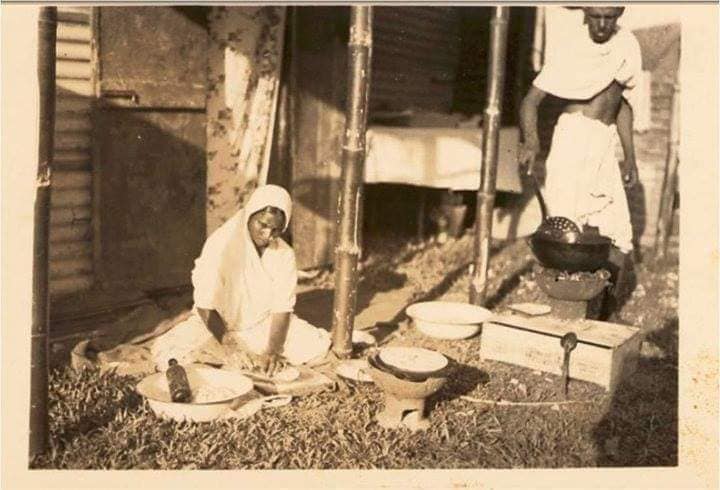











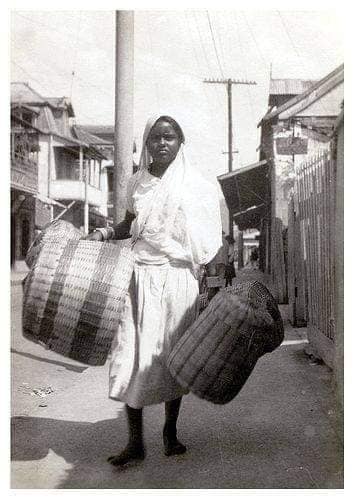
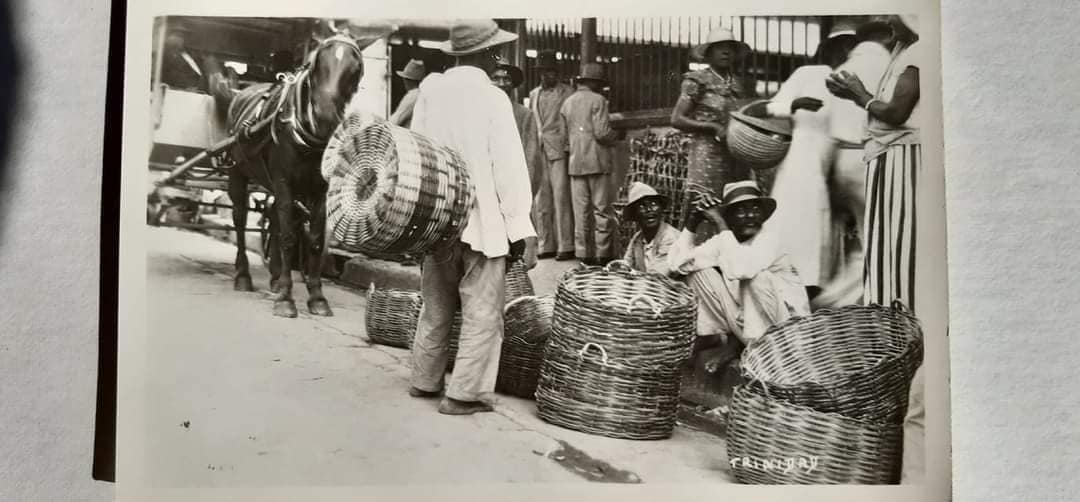
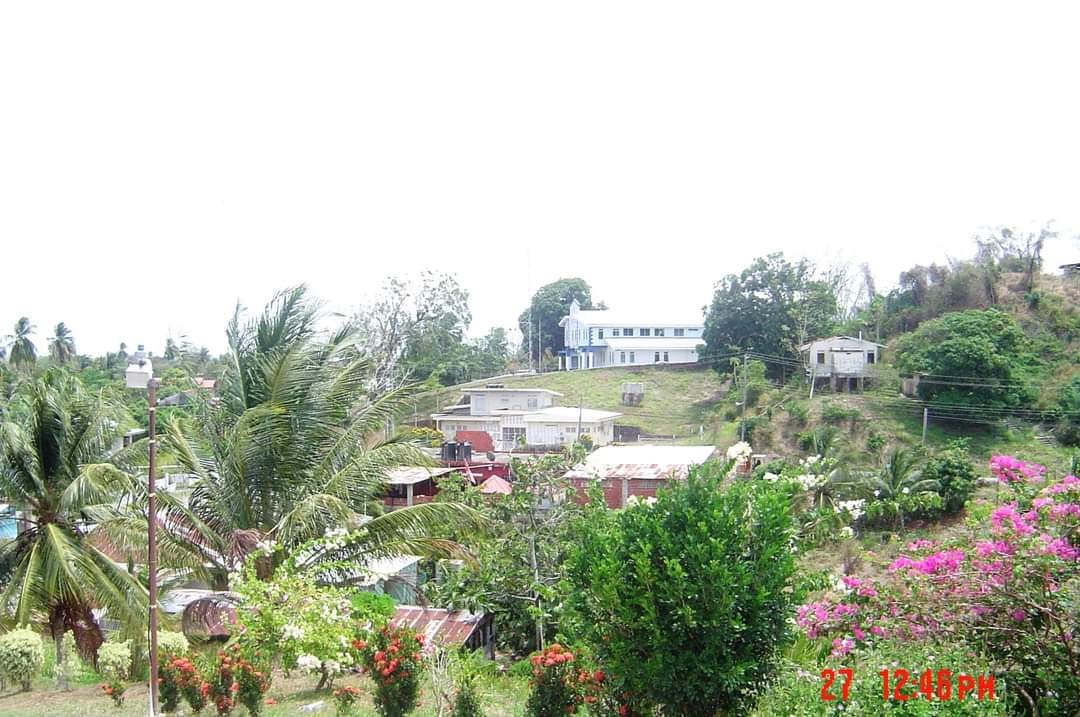
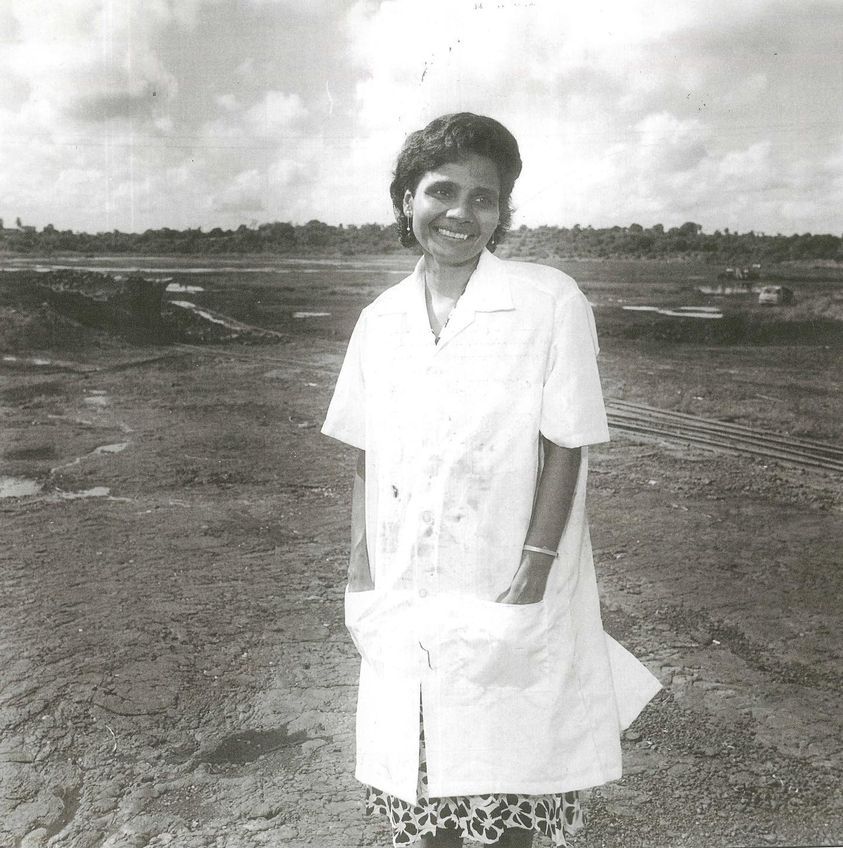

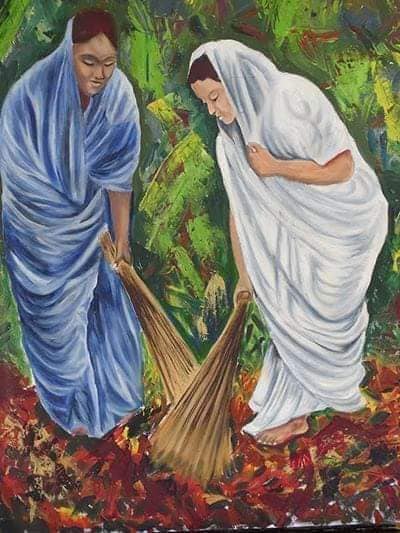
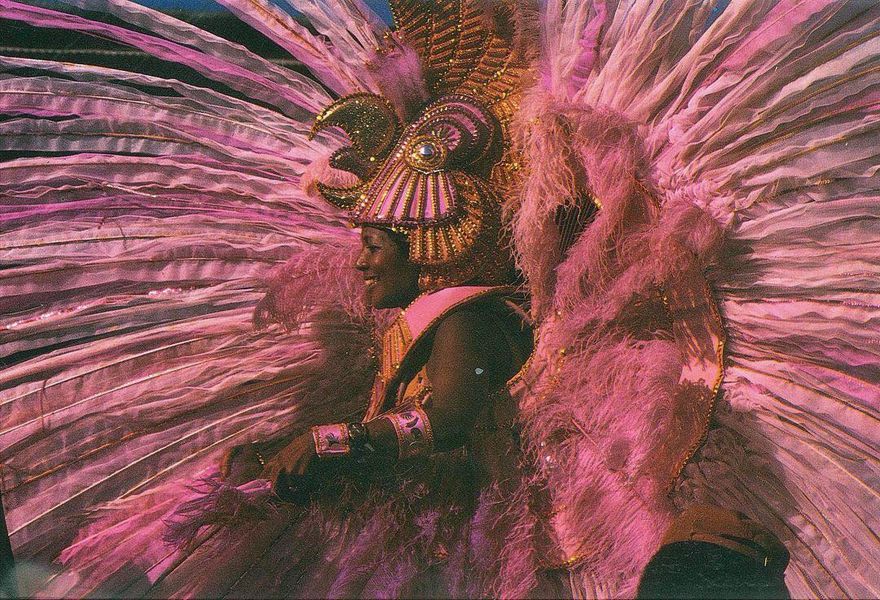
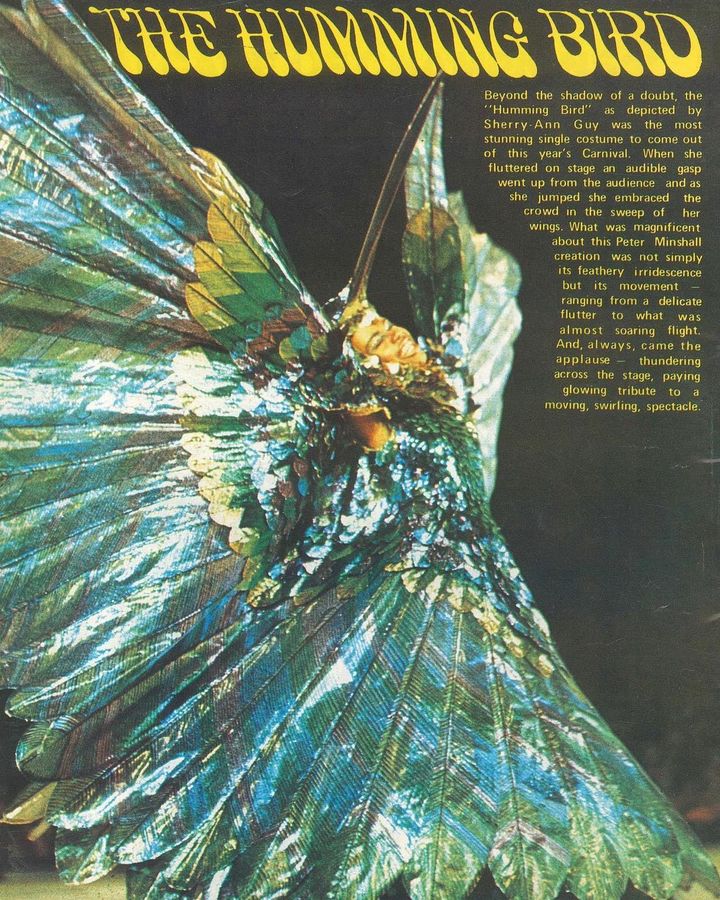
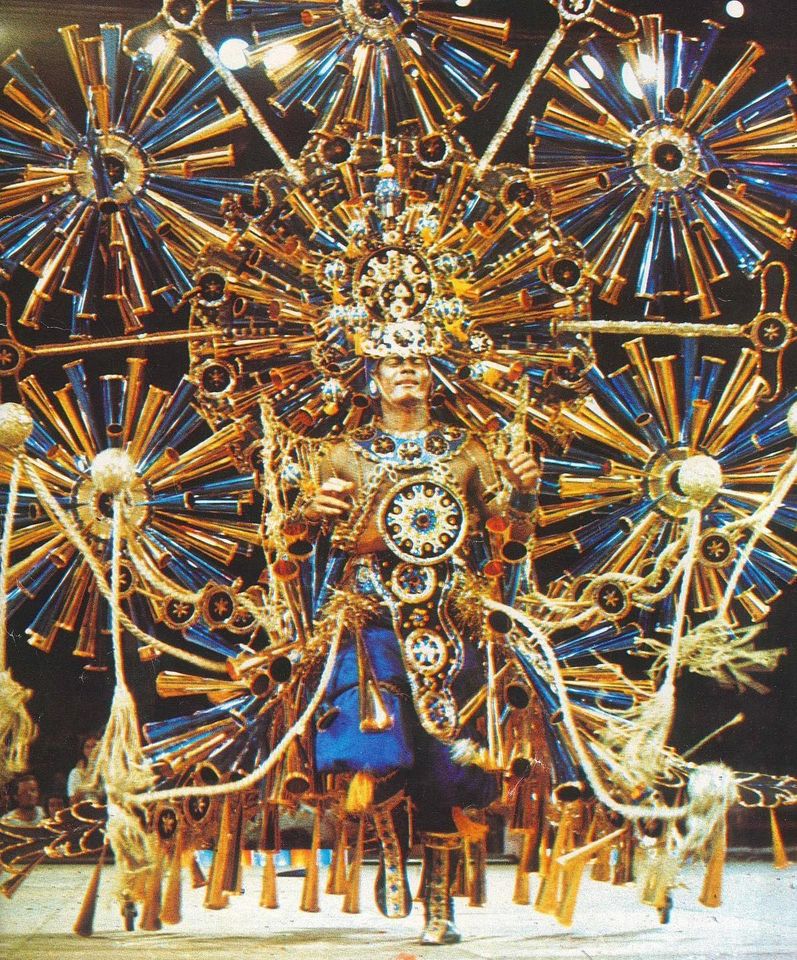

 RSS Feed
RSS Feed